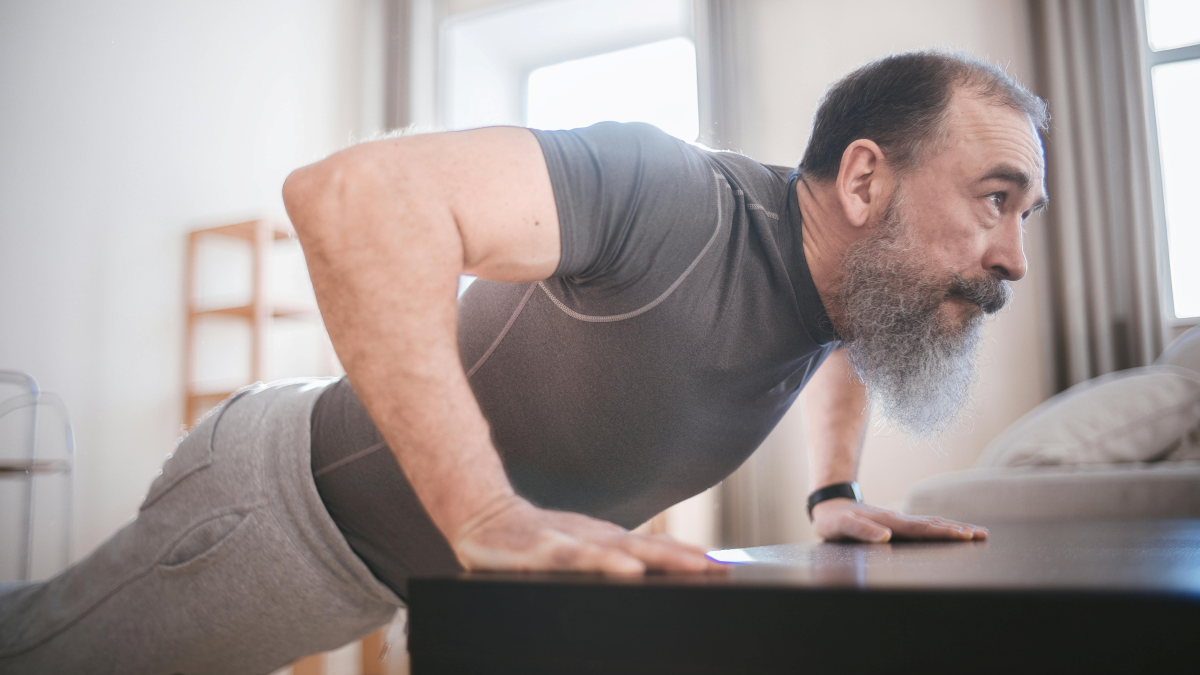Want to live longer and move better? Strength training at home or outdoors can help you stay strong, fit, and independent as you age—no gym required. In just 30 minutes a day, you can build muscle, reduce your risk of disease, and maintain the confidence to move with ease.
If there’s one thing we all want as we get older, it’s to stay independent, feel strong, and live longer while doing the things we love. And while it’s true that you can start training at any age and still reap the rewards, the younger you are when you start, the easier the journey can be.
Not only can strength training keep you fit and make every day tasks easier, it’s a great way to maintain mobility and stay healthy as you age. Strength training can reduce blood sugar, lower blood pressure, burn calories, and reduce inflammation, all of which can contribute to chronic diseases like diabetes, heart disease, cancer, and more. Furthermore, there’s an increasing amount of evidence out there linking strength training to longevity.
No Gym? No Problem
But how can you effectively strength train without a gym membership? Because let’s face it, working out at the gym can be inconvenient, expensive, or even downright intimidating. A 2018 survey conducted by Ipsos showed that most Canadians want to workout at home, on their own time, by themselves.
I find myself in the same boat. During university, I tried going to the gym. I had always been active during grade school, I was constantly going on hikes and playing volleyball. But then between studies, working to pay my mounting bills, and no access to a car, I found myself getting sluggish. So, I tried the university weight room where I ended up surrounded by people lifting heavy weights and I got self-conscious that I was struggling with the 10-pound dumbbells. Eventually, I stopped going.
When my dad bought his Peloton bike, we decided to share the subscription. This meant I could follow set workouts all in the comfort of my bedroom whenever I had the time and inclination. And I didn’t feel the pressure of people watching.
So, if the gym isn’t your thing, you can still get a great workout at home, in your backyard, or even in a park. The following tips and routines will help you create a no-gym strength training plan you can stick with.
Strength Training at Home
You don’t need fancy equipment to get started. Bodyweight exercises are perfect for beginners and can be scaled up as you get stronger. If an exercise becomes too easy, increase your repetitions or add weight.
Easy DIY Weight Options:
- Backpack with books. Wear on your back or front for squats, lunges, or pushups.
- Water jugs or juice containers. Fill for curls, presses, or rows.
- Kids as resistance. Piggyback squats or pushups with a child sitting on your back.
- Vary your tempo. Changing the concentric (when the muscle shortens; think going down during a pushup) and eccentric (when the muscle lengthens; think coming back up during a pushup) can make it more or less difficult.
For extra guidance, follow along with free YouTube workouts or structured programs from paid platforms like Peloton.
Strength Training Outside
Let’s face it—working out can be boring. Staring at the same walls you spend all day looking at? Not exactly inspiring. And since it’s summertime, why not take your workout outside to soak up the added benefits of fresh air, sunshine, and movement all at once.
Outdoor strength training doesn’t just make for a change of scenery—it can actually boost your mental and physical health. Studies show exercising in green spaces can improve your mood, reduce stress, and make you more likely to stick with your routine. Women and older adults, in particular, reported feeling more motivated and less self-conscious when working out in parks compared to traditional gym settings.
More and more public parks in Canada are being outfitted with pull-up bars, resistance stations, and benches that double as step-up platforms or push-up props. Even without equipment, a simple loop through the park can turn into a full-body circuit.
Think:
- Step-ups or incline pushups on a bench.
- Walking lunges down a path.
- Squats, planks, or mountain climbers on a flat grassy spot.
- Pull-ups or hangs on monkey bars.
And if you want to add a challenge, bring a resistance band or wear a weighted backpack to up the intensity.
The best part? You get all the added perks of being in nature. Exposure to greenery has been linked to better sleep, improved focus, and lower levels of cortisol—a hormone that spikes when we’re stressed. So not only are you building muscle, but you’re also giving your nervous system a break.
Whether it’s your backyard, a local trail, or a nearby park, outdoor strength training can be just as effective as anything you’d do indoors—without the monthly fees or the gym bros.
TRX Bands – Your Workout Companion
TRX stands for “Total Resistance eXercise.” These bands were developed by a U.S. Navy SEAL who needed a way to stay in shape while deployed; there was no gym, no weights, he just had his body weight and gravity.
You can use them anywhere. Simply anchor the straps to a sturdy surface like a door, a tree, or playground monkey bars, and use your body weight as resistance. By adjusting the angle of your body, you can make each exercise easier or harder without having to carry around a set of dumbbells.
Leslie Andrachuk, Digital Director at The Health Insider uses TRX for strength training. “When I was going through perimenopause I engaged a personal trainer who introduced me to TRX workouts. She took me to the nearest playground where she attached the TRX to monkey bars and created a strength training routine for me that I do to this day. I can take my TRX anywhere so I can keep up with my training no matter where I am. Strength training is of paramount importance to me to combat the bone loss that happens at menopause and beyond. Unlike previous generations of women, I am not afraid to look and feel as muscular and strong as I can because it means I will hopefully live a long and active life!”
💪 3-Day Indoor/Outdoor Strength Training Plan (No Gym Needed)
Each day is 30 minutes. Warm up for 5 minutes, complete 20 minutes of strength training, and finish with 5 minutes of cool down/stretching.
Day 1: Whole Body Strength
Warm-Up (5 mins):
- March in place or walk briskly
- Shoulder rolls + arm circles
- Gentle bodyweight squats x 10
Workout (2 rounds of the following):
- Wall Push-Ups (or park rail/bench) – 10 reps
- Chair/Bench Squats – 12 reps
- Step-Ups (use a low bench or curb) – 10 each leg
- Bird Dog Hold – 30 seconds each side
- Glute Bridges – 12 reps
- Standing Calf Raises – 15 reps
Rest 30–60 seconds between exercises.
Cool Down (5 mins):
- Forward fold stretch (touch your toes)
- Shoulder and chest stretches (use a doorway, tree or pole)
- Gentle quad stretch (hold ankle behind you)
Day 2: Upper Body Focus
Warm-Up (5 mins):
- Arm circles
- Shoulder shrugs
- Walk with light arm swings
Workout (3 rounds of the following):
- Wall or Incline Push-Ups – 10 reps
- Overhead Press (with water bottles or resistance band) – 12 reps
- Bent-Over Rows (water bottles or resistance band) – 10 reps
- Tricep Dips – 8–10 reps
- Standing Bicep Curls – 10–12 reps
Rest 45–60 seconds between rounds.
Cool Down (5 mins):
- Neck stretch (tilt side to side)
- Wrist circles
- Arm across chest stretch
Day 3: Lower Body Focus
Warm-Up (5 mins):
- Walk with high knees
- Gentle lunges or standing quad stretches
- Ankle rolls
Workout (2 rounds of the following):
- Chair/Bench Squats – 12–15 reps
- Step-Ups – 10 reps per leg
- Side Leg Lifts – 10 each side
- Glute Bridges – 12 reps
- Calf Raises – 15 reps
- Standing Hip Circles – 10 forward + 10 backward each side
Rest 30–45 seconds between exercises.
Cool Down (5 mins):
- Seated forward fold (on bench)
- Inner thigh stretch (standing side lunge)
- Hamstring stretch (heel on curb, lean forward gently)
Not Sure How To Do An Exercise? Find It Below!

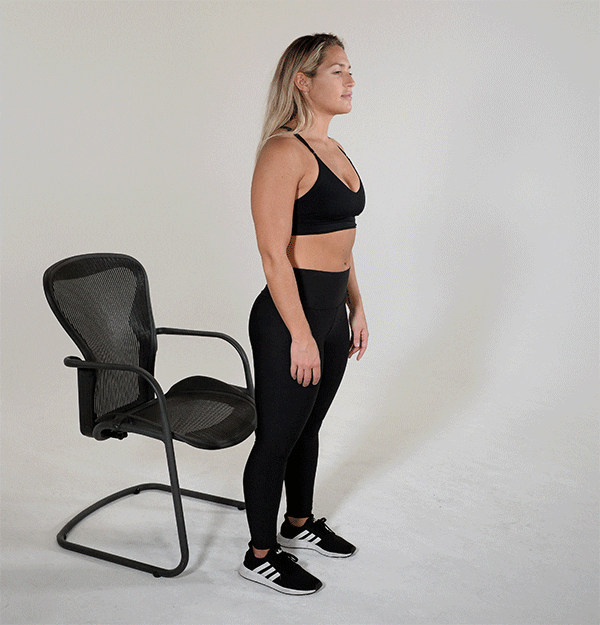
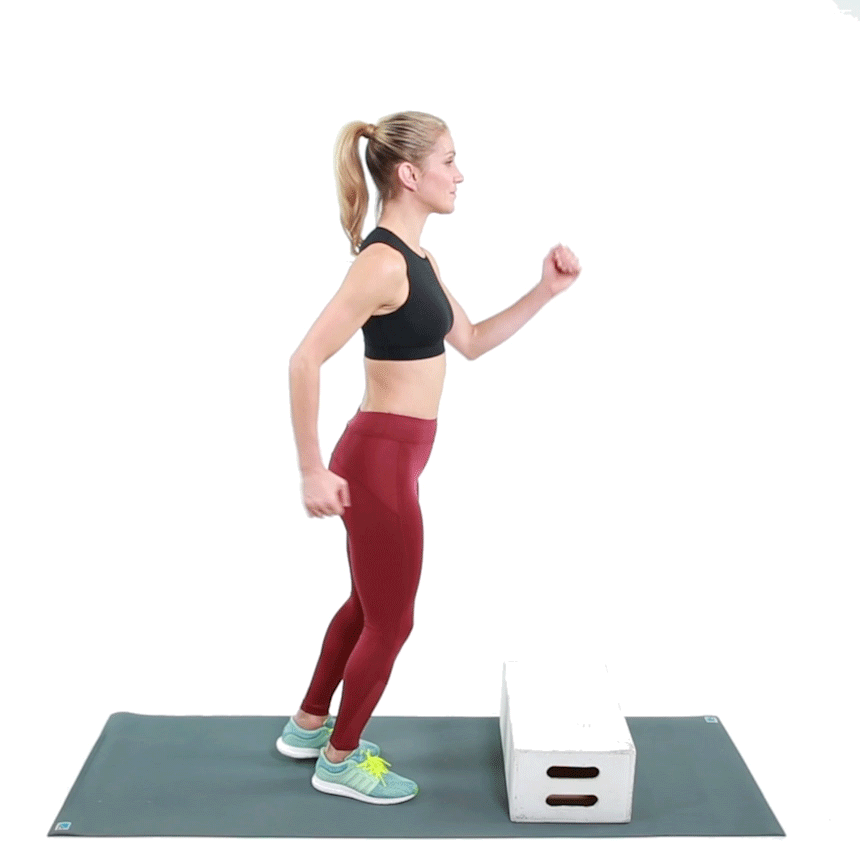
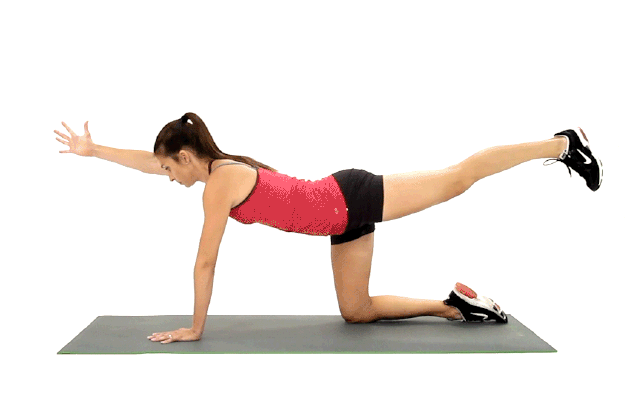

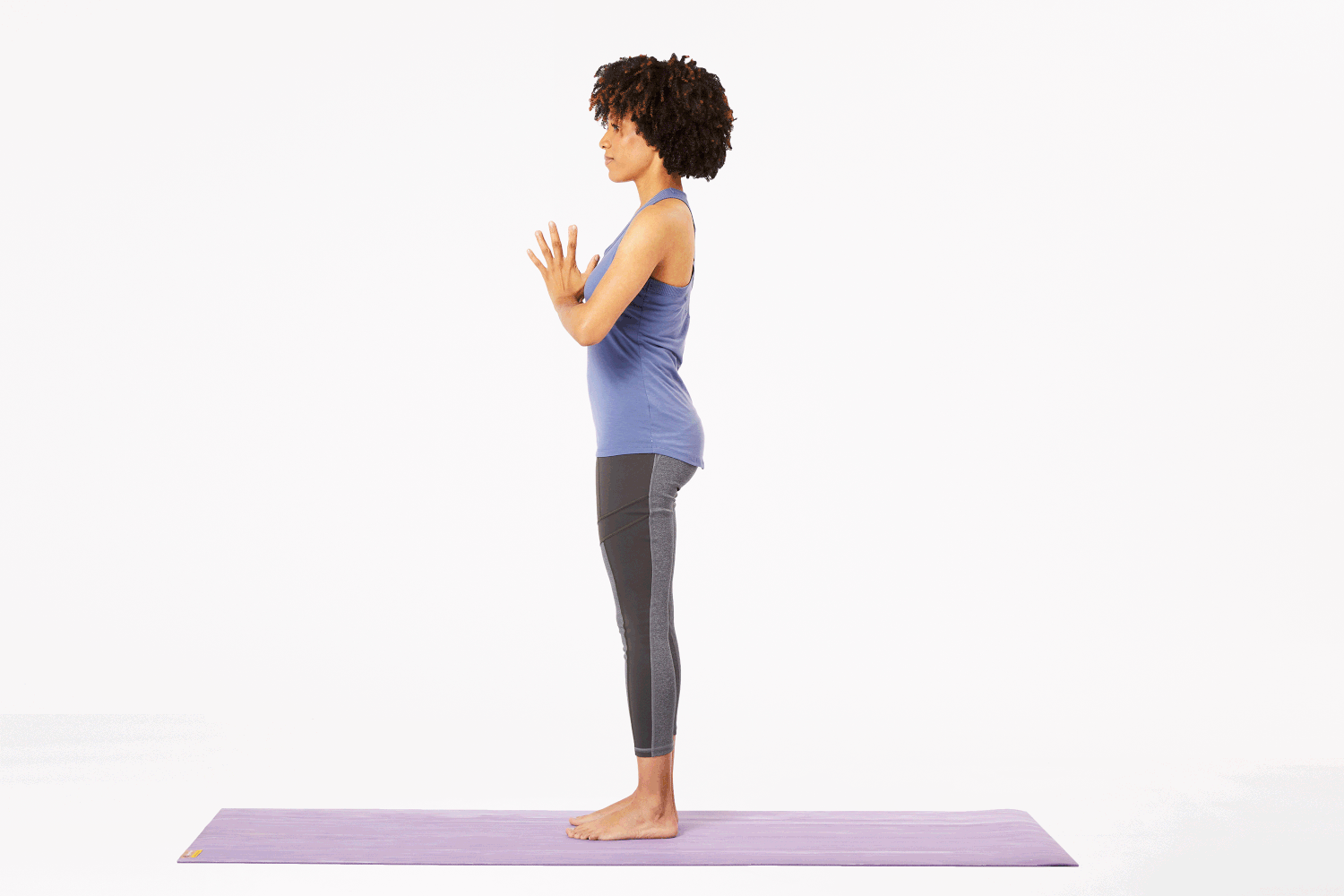

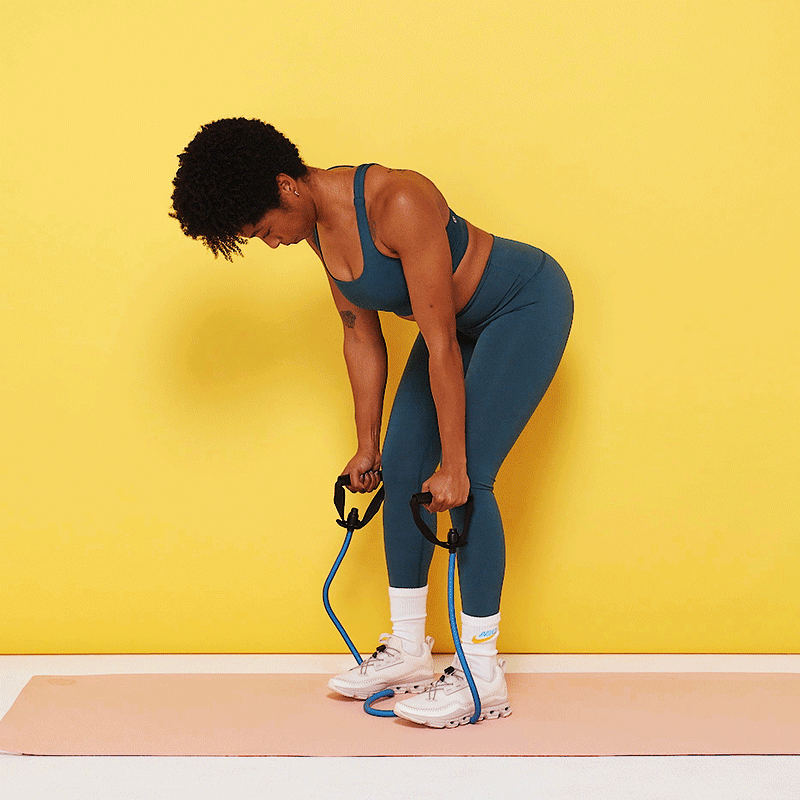
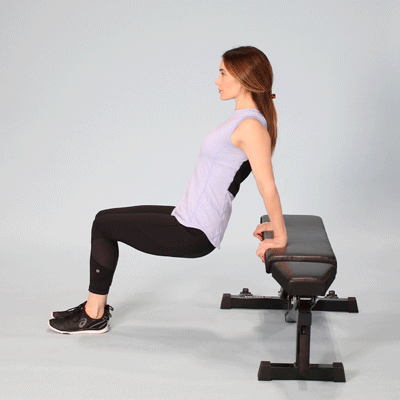
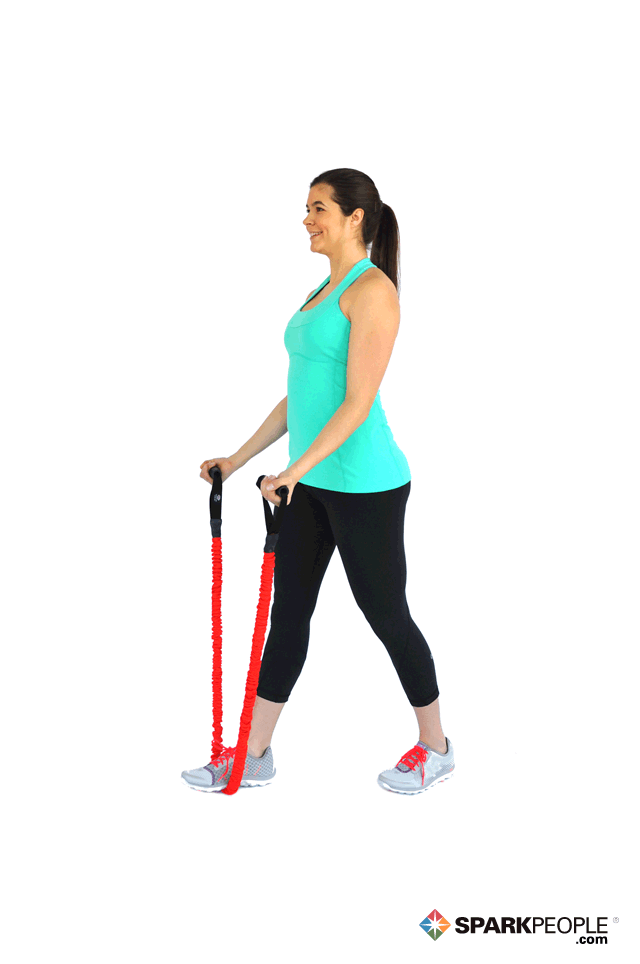

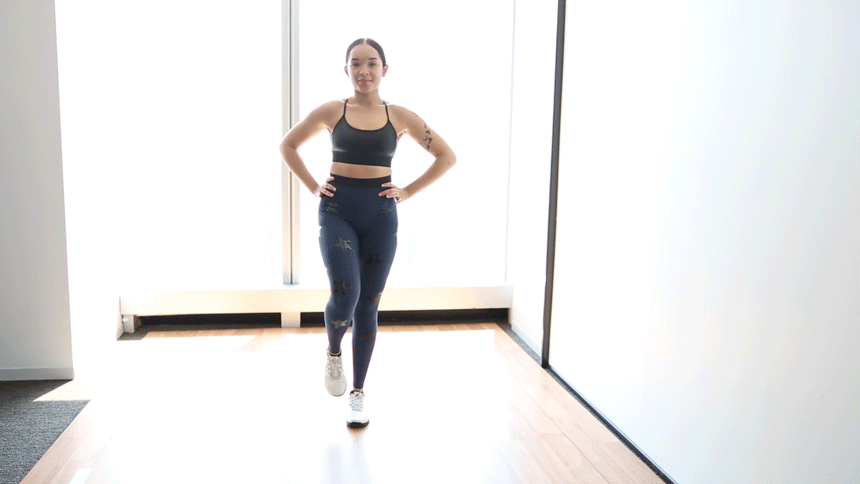
Whether you’re 20 or 70, fit or sedentary, strength training is one of the best investments you can make in your future health. You don’t need a pricey gym membership or heavy weights—just a little space, your own body weight, and the commitment to start.
Strong muscles aren’t just for athletes—they’re for grandparents lifting grandkids, parents carrying groceries, and anyone who wants to keep moving with confidence for decades to come. Start where you are, train where you feel most comfortable, and build the strength to live the life you love.

